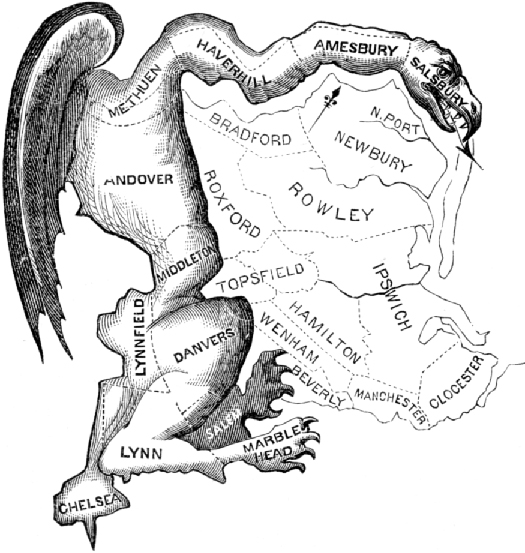| << Chapter < Page | Chapter >> Page > |
A second possible culprit in increased polarization is the impact of technology on the public square. Before the 1950s, most people got their news from regional newspapers and local radio stations. While some national programming did exist, most editorial control was in the hands of local publishers and editorial boards. These groups served as a filter of sorts as they tried to meet the demands of local markets.
As described in detail in the media chapter, the advent of television changed that. Television was a powerful tool, with national news and editorial content that provided the same message across the country. All viewers saw the same images of the women’s rights movement and the war in Vietnam. The expansion of news coverage to cable, and the consolidation of local news providers into big corporate conglomerates, amplified this nationalization. Average citizens were just as likely to learn what it meant to be a Republican from a politician in another state as from one in their own, and national news coverage made it much more difficult for politicians to run away from their votes. The information explosion that followed the heyday of network TV by way of cable, the Internet, and blogs has furthered this nationalization trend.
A final possible cause for polarization is the increasing sophistication of gerrymandering , or the manipulation of legislative districts in an attempt to favor a particular candidate ( [link] ). According to the gerrymandering thesis, the more moderate or heterogeneous a voting district, the more moderate the politician’s behavior once in office. Taking extreme or one-sided positions on a large number of issues would be hazardous for a member who needs to build a diverse electoral coalition. But if the district has been drawn to favor a particular group, it now is necessary for the elected official to serve only the portion of the constituency that dominates.

Gerrymandering is a centuries-old practice. There has always been an incentive for legislative bodies to draw districts in such a way that sitting legislators have the best chance of keeping their jobs. But changes in law and technology have transformed gerrymandering from a crude art into a science. The first advance came with the introduction of the “one-person-one-vote” principle by the U.S. Supreme Court in 1962. Before then, it was common for many states to practice redistricting , or redrawing of their electoral maps, only if they gained or lost seats in the U.S. House of Representatives. This can happen once every ten years as a result of a constitutionally mandated reapportionment process, in which the number of House seats given to each state is adjusted to account for population changes.
But if there was no change in the number of seats, there was little incentive to shift district boundaries. After all, if a legislator had won election based on the current map, any change to the map could make losing seats more likely. Even when reapportionment led to new maps, most legislators were more concerned with protecting their own seats than with increasing the number of seats held by their party. As a result, some districts had gone decades without significant adjustment, even as the U.S. population changed from largely rural to largely urban. By the early 1960s, some electoral districts had populations several times greater than those of their more rural neighbors.

Notification Switch
Would you like to follow the 'American government' conversation and receive update notifications?